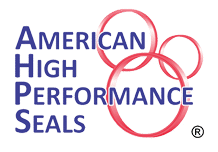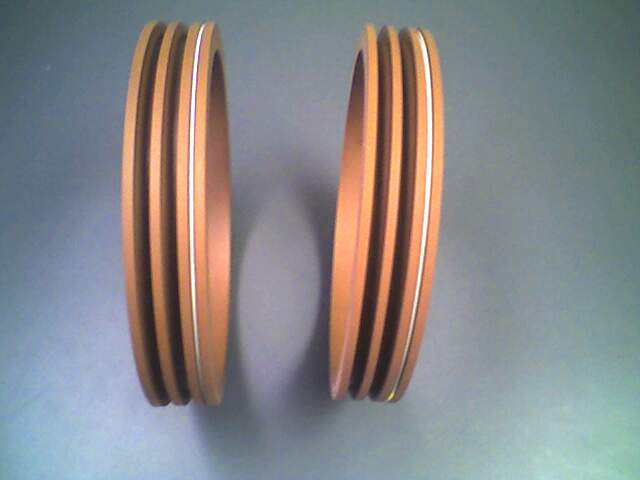Why Would You Want a Leaking Seal?
This may seem counterintuitive, but if you are sealing a rotating shaft under pressure, the answer may well be that you do! The functioning of traditional non-pressurized radial lip seals is based on the formation of a sealing and…



